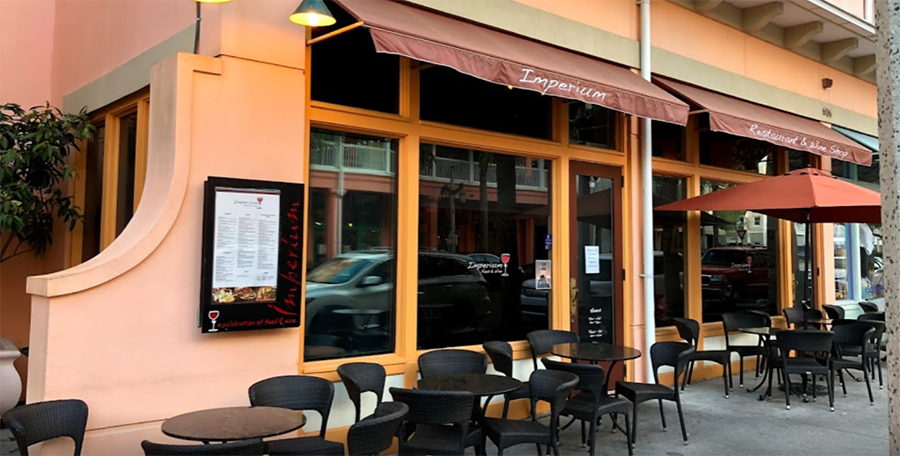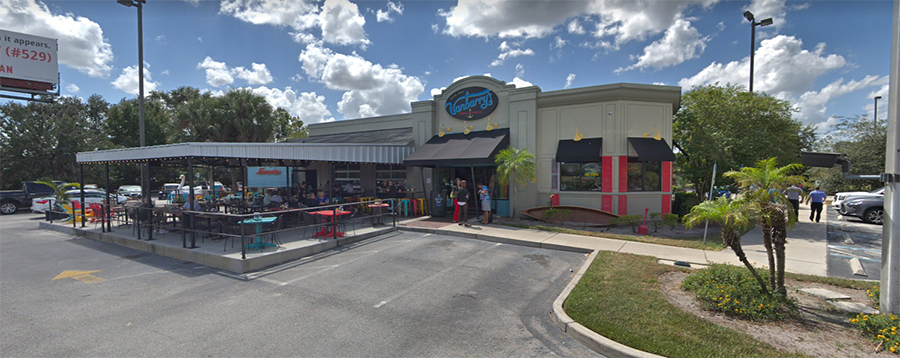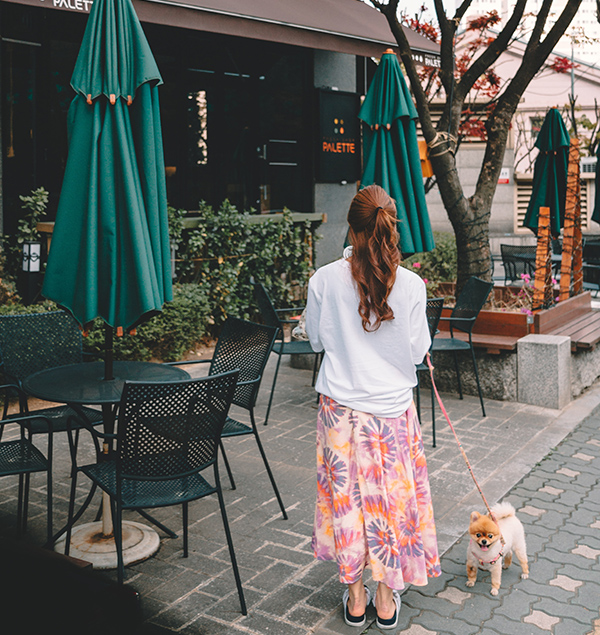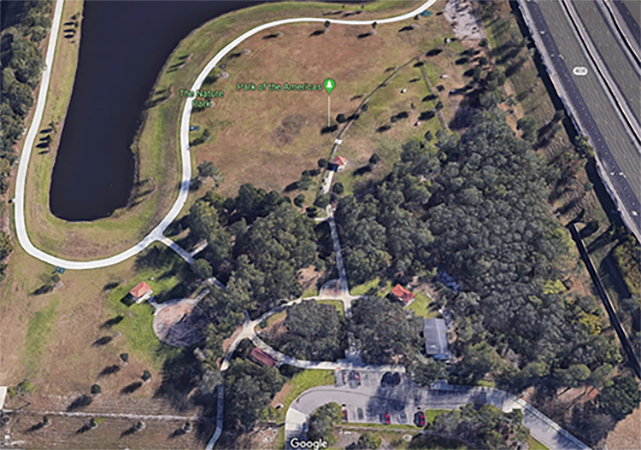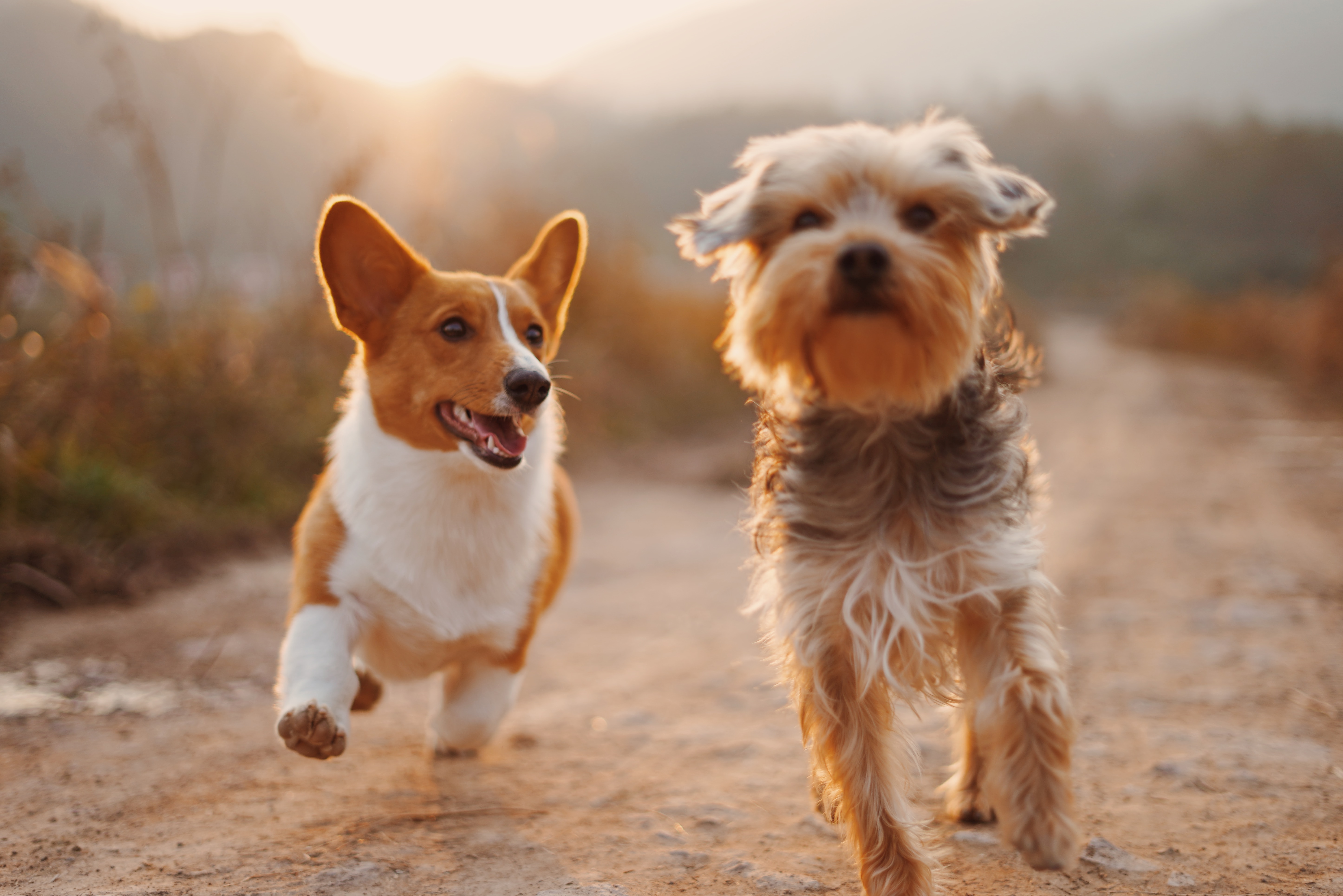My dog is a… Pug | Bulldog | German Shepherd | Labrador Retriever | Yorkshire Terrier
Not all pet owners, especially those who have adopted, know the lineage and true breed of their four-legged friend. But, if you have a good idea of their breed based on their appearance or have purchased a dog from a breeder then you have the advantage of preparing for health concerns specific to your dog’s breed.
Common dog breed health concerns are caused by breeding practices or the body shape of the dog.
Purebred dogs are selectively bred for physical features outlined in the American Kennel Club as desirable. This sometimes leads to breeders practicing line breeding, popular sire syndrome, or inbreeding to attain the desired look of the breed. This causes hereditary problems to spread throughout the breed.
A dog’s breed-specific frame and shape can also be attributed to a heightened chance of certain health concerns. Take, for example, bulldogs and pugs. These short-snouted canines are undoubtedly adorable. But their short snouts caused breathing problems.
You can limit the chances of your pup developing a breed-related health problem by only purchasing from reliable breeders who care about the integrity and long-term health of the animals they produce. Always ask for medical testing and family history of diseases to avoid buying from breeders who are ignorant to genetic problems and breeding best practices.
Unfortunately, if you adopt or take in a stray they won’t show up with their medical history and lineage in tow. You can prepare for potential breed-related concerns by identifying their breed based on their physical features. When you bring your pet for their annual checkup your vet can help determine their breed.
Pug

Pugs are a compact dog within the AKC’s toy group. They tend to have a clever and playful personality. These dogs are easily spotted with their short snouts and prominent eyes. They are usually between 14 and 18 pounds and stand up to 14 inches tall at the shoulder.
Pugs are unfortunately known to suffer from a number of health problems.Pugs tend to be enthusiastic eaters and will easily become obese if food intake is not closely monitored. They are also prone to eye injuries, overheating, and breathing difficulties, among other health problems.
The most common health concerns pugs experience are Pug Dog Encephalitis, Luxating Patellas, and portosystemic shunt.
Pug Dog Encephalitis (PDE)
PDE caused inflammation to the brain and is hereditary. It causes seizures, disorientation, blindness, and other dramatic symptoms.
Unfortunately, this is a fatal disease with no cure. However, you can take precautionary and maintenance measures to give your pug a comfortable and happy life.
What You Can Do
First and foremost, if you are purchasing from a breeder, only purchase from one who provides proof of genetic testing. Responsible breeders will not breed dogs who have been diagnosed with PDE as it is hereditary. This can help you avoid the heartbreak of watching your pet suffer from the symptoms of PDE.
If you have adopted and bought a pug who develops the symptoms of PDE, seek veterinary assistance immediately. Your vet will be able to diagnose your pug and determine if it is PDE or a similar health concern. This will require blood work, diagnostic imaging, CSD taps, and genetic testing.
Your veterinarian will prescribe drugs to control the symptoms of PDE. And while uncontrolled PDE is generally fatal within one year of diagnostic, if controlled with medication, pugs may live for several years with PDE.
Luxating Patellas
Luxating Patellas are another hereditary health concern for pugs (although it can also be caused by your pug becoming overweight). Sometimes referred to as trick knees, luxating patellas are the dislocation of the knee cap.
This health problem presents in four levels, with the most severe keeping your pug from using their affected leg. At that point, corrective surgery should be performed.
What You Can Do
As with other hereditary problems, always check with a trustworthy breeder to ensure they are breeding their pugs responsibly and luxating patellas are not present in your pup’s lineage. You’ll also need to keep your pug’s weight under control as obesity can also cause luxating patellas to develop. While this problem is treatable, it’s much easier and more comfortable for your pug to focus on prevention.
Low-grade luxating patellas will be managed with pain and anti-inflammatory medications. Your pug will need to have exercise restricted to avoid stress to the patellas. Weight management will also be encouraged by your veterinarian in dogs where weight is a concern.
In more severe cases, surgery will be needed to correct the problem. This is particularly the case when both of your dog’s back legs are affected by luxating patellas.
Bulldog
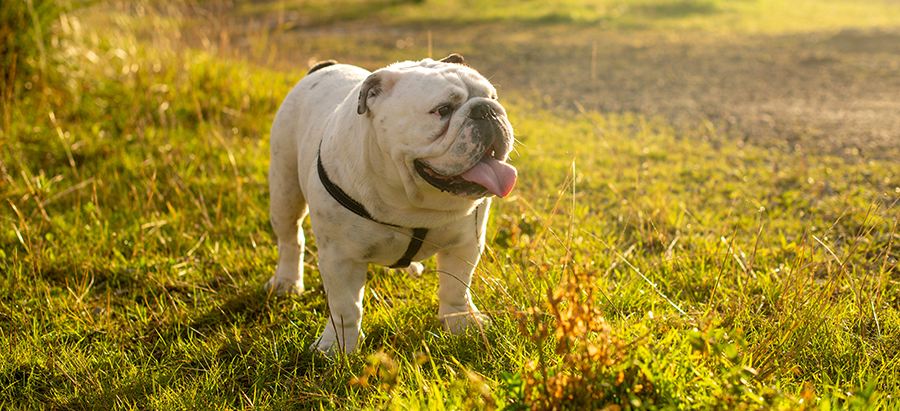
The Bulldog also called the English Bulldog or British Bulldog, has an unmistakable hefty build and short, wrinkled face. If your dog is a bulldog you’ll know it. They have a muscular build, relatively small ears, and stand at about 15 inches tall.
This breed is known today to be a loyal companion animal but was originally bred for a much different purpose. Potentially stemming from a 5th-century English breed called the Alaunts, Bulldogs were used for farm work and more frequently in the cruel sport of bull-baiting. Today, the lovable English Bulldog is more likely to be found playing in a backyard than wrangling livestock on a ranch. But because of the breed standard, Bulldogs do have specific hereditary health conditions owners should be aware of.
Bulldogs commonly experience Brachycephalic Airway Obstructive Syndrome (BAOS) and cherry eye among other severe health conditions.
Brachycephalic Airway Obstructive Syndrome (BAOS)
Bulldogs are susceptible to developing this condition due to their short faces and thin nasal passages. This leads to difficulty breathing which is worsened by obesity, hot weather, and exercise.
BAOS can lead to other related problems, including bronchial collapse, gastritis, and gastroesophageal reflux.
The main signs your bulldog has BAOS is particularly noisy breathing, snoring when relaxed or asleep, and snorting when excited. Because this restricted breathing, dogs with BAOS are known to collapse in the heat and after exercise, as they tire extremely easily.
Your dog will most likely be diagnosed with BAOS by the age of four if it is present. This diagnosis is the result of breed characteristics, clinical signs, and physical examination outcomes.
What You Can Do
Bulldog owners faced with a BAOS diagnosis can tackle it with a strict weight loss or weight management regime. You’ll want to control your dog’s exercise and keep them in air conditioned spaces, especially during the summer months.
Your dog’s veterinarian may prescribe oxygen therapy or NSAIDs but this will only help manage the problem—not fix it. Surgery is the only way to completely cure the abnormalities resulting in BAOS. The surgery will improve airflow by removing tissue from the nostrils or laryngeal saccules to better clear the larynx.
Cherry Eye
Cherry eye is essentially a prolapsed third eyelid. The eyelid comes out of place and becomes mispositioned which leads to a swollen mass at the bottom of your dog’s eyes. This is a hereditary problem so if your pet’s mom or dad experienced cherry your pet will be more likely to develop it at some point in their life. You’ll also want to note, if your dog has experienced cherry eye in one eye but not the other there is a greater chance they will eventually experience it in the unaffected eye.
Cherry eyes can be incredibly uncomfortable for dogs but are thankfully not an all-out emergency. It is suggested, however, to tackle the issue early on to avoid surgery if possible.
What You Can Do
You should take your dog to the vet for treatment soon after you discover the problem. If caught early, treatment may be as simple as massages to the affected area or medication in addition to massage.
If the problem is more severe, surgery may be required. Surgery methods vary. Some veterinarians may replace the third eyelid gland, others may use a pocketing method, and still others may remove the gland entirely.
German Shepherd

German Shepherds are easily recognizable medium to large-sized dogs. The breed originated in Germany and is known for producing loyal, alert, and courageous companions. German Shepherds are great dogs for active individuals or families who have time to invest in keeping their pup entertained, but this breed does have hereditary problems to consider. The biggest concern being hip dysplasia.
Hip Dysplasia
Hip dysplasia causes the hip joint to become malformed. This leads to instability and osteoarthritis. Because it is hereditary, mindful and responsible breeding are the only way to reliably avoid hip dysplasia developing.
What You Can Do
As an owner of a German Shepherd with hip dysplasia you have a few treatment options. Depending on the severity veterinarians may suggest:
- Weight reduction
- Physical therapy
- Joint supplements
- Anti-inflammatory medications
In more severe cases and if your dog is a good candidate, surgery may be the best option. Surgeries to correct hip dysplasia include double or triple pelvic osteotomy, total hip replacements, and femoral head ostectomy. These surgeries all average in at $2,000 to $5,000 or more to complete.
Labrador Retriever

Labrador retrievers are an incredibly popular dog breed in the United States. These dogs are known for being lovable, friendly, and outgoing companions. These dogs are medium to large in size with a thick “otter tail”.
Unfortunately, while Labrador retrievers are known for their great personalities they have health problems that often crop up as they exit their active younger years. Labrador retrievers often have problems with obesity.
Obesity
Obesity can be a problem for any dog breed if fed an improper diet but it is particularly prevalent in Labrador retrievers. Owners can seek advice from a veterinarian for getting their pet’s weight back on track if the current efforts aren’t working. Obesity may not seem like a big deal but it can lead to many other health problems including urinary bladder stones, osteoarthritis, diabetes, and heart disease.
What You Can Do
Getting an obese dog’s health back on track will require both habit and diet changes. Owners can:
- Switch to food meant for controlling weight
- Pay close attention to measuring meals
- Limit snacks and eliminate table scraps as treats
- Pick treats that are low-calorie
Yorkshire Terrier

Yorkshire terriers are feisty dogs thought to originally be bred for small vermin hunting. These days “Yorkies” are known for being pampered lapdogs and companions rather than miniaturized hunting dogs. This breed is known for its high energy and small size, with males coming in at only 9 inches tall at the withers.
Unfortunately, Yorkies aren’t free from health problems. Owners or Yorkshire terriers should be aware of potential problems with a collapsed trachea or portosystemic shunt.
Collapsed Trachea
A collapsed trachea caused airway obstruction in dogs and is actually fairly common, particularly in small breeds. Collapsed tracheas occur due to the collapse of the tracheal rings that make up the windpipe.
If your Yorkie is especially noisy, has trouble breathing, and exhibits frequent coughing and gagging, they may have a collapsed trachea. These symptoms are often exacerbated by excitement, drinking, and exercise.
Your veterinarian will likely carry out a radiograph and fluoroscopy to confirm that problem is in fact a collapsed trachea.
What You Can Do
If your Yorkie does have a collapsed trachea there are treatment options. Cough suppressants, antibiotics, and corticosteroids are all common drugs used to treat the irritating symptoms of a collapsed trachea. Remember to always check with your veterinarian before giving your pet any medication. Overweight dogs can sometimes decrease the severity of symptoms caused by a collapsed trachea with weight loss.
In severe cases, surgery may be required. These surgeries are less common and usually require a visit to a specialist.
Portosystemic Shunt (PSS)
Portosystemic shunt (PSS) is the presence of an abnormal blood vessel in the abdomen causing blood to partially bypass the liver. This often causes hepatic encephalopathy which is caused by the carrying of toxins to the brain that would otherwise have been pulled out by the liver. This can lead to dementia, coma, and death.
Dogs with PSS, and the associated problems that come from it, will exhibit signs of depression and tremors. The diagnosis process may include a bile acid test, CBC, urinalysis, and ultrasound.
What You Can Do
PSS can be managed with specialized diets and maintenance medication. Diet changes focus on higher protein and medication regimes often include antibiotics and lactulose.
In more severe cases shunts will need to be closed off with surgery using an ameroid constrictor.
Preparing for Expected Health Problems
It’s very rare for a dog to go their entire lifespan without a single health problem arising. But, pet owners have the opportunity to prep for common illnesses and conditions before they happen.
The best way to get a head start on breed-related health problems is to schedule regular vet visits. Your veterinarian will be able to make the best preventative decisions to keep your dog’s health in check. A veterinarian can often identify any telltale signs indicative of larger health problems.
Schedule a routine wellness exam for your dog at our Dr. Phillips location to get an in-depth look at your pet’s wellness, nose to tail.
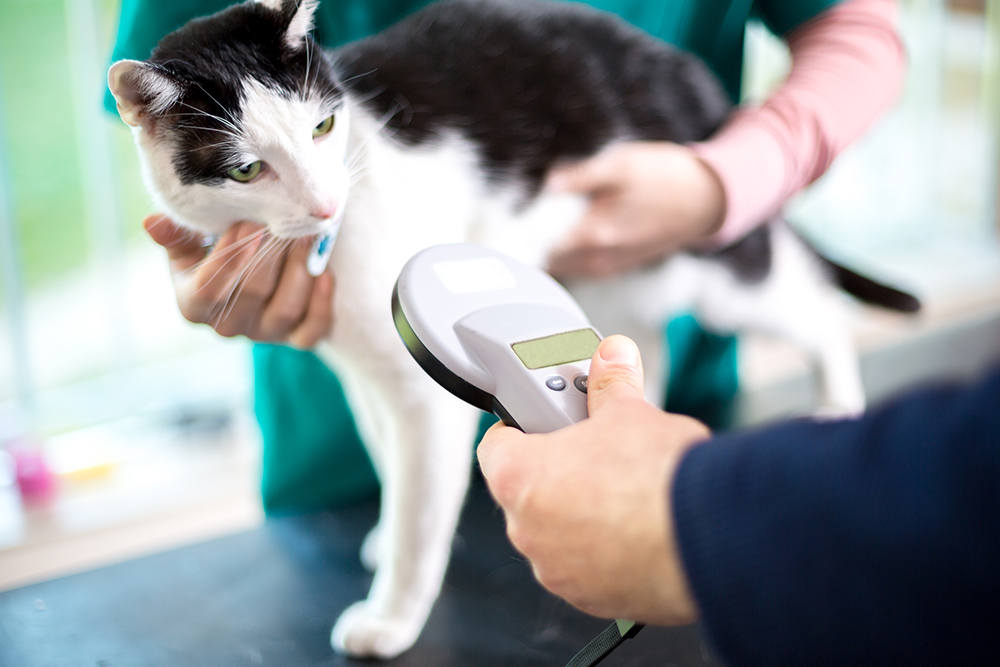

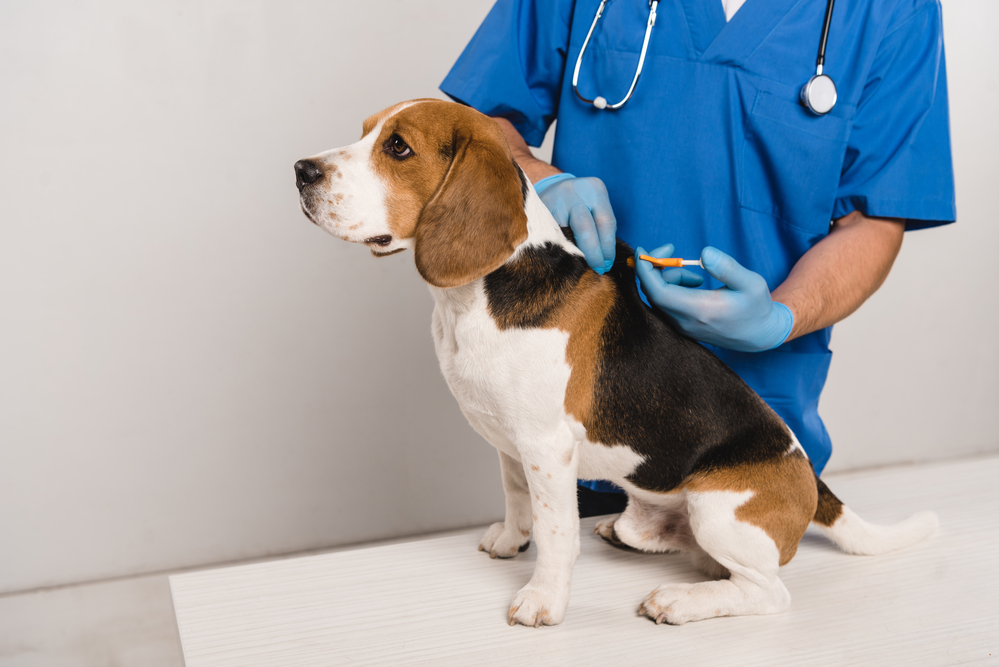

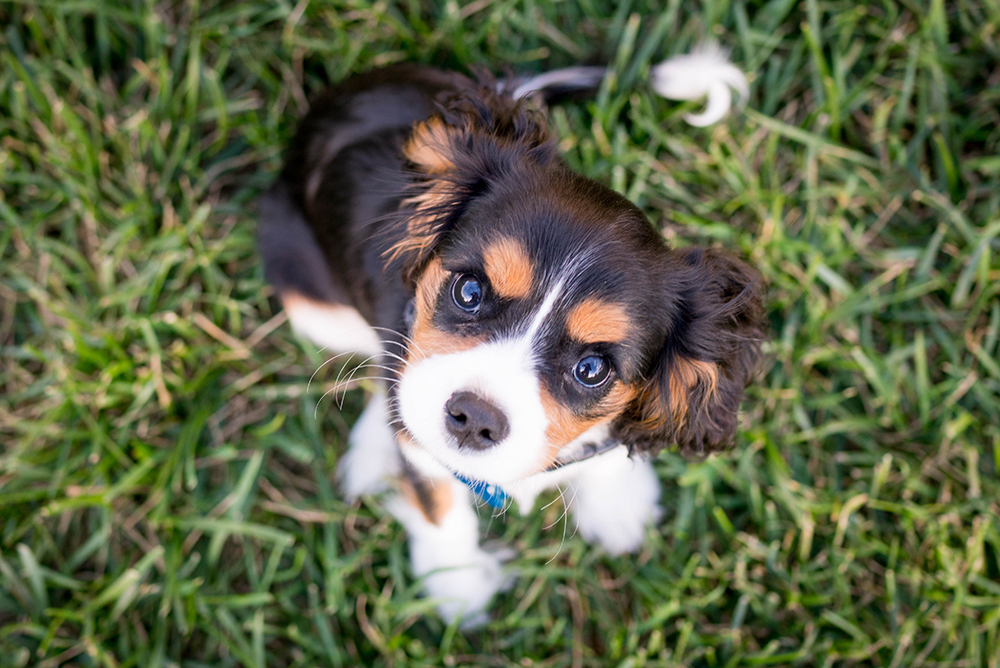
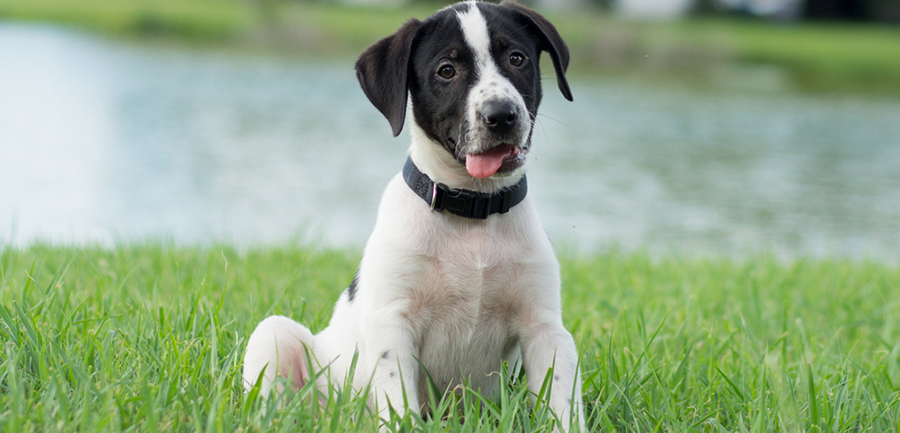

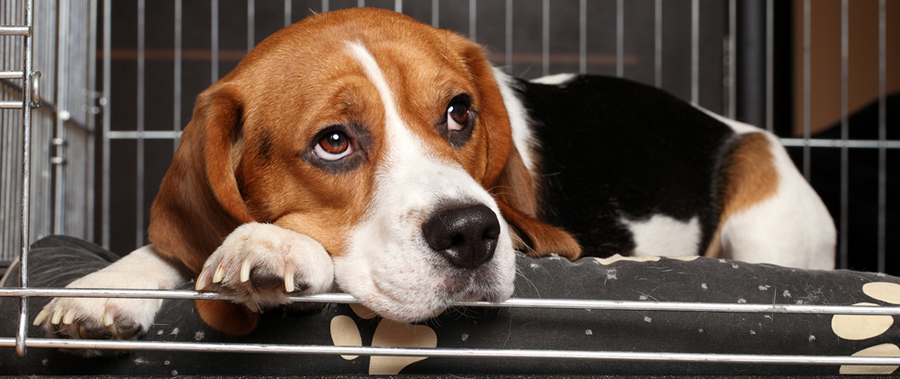
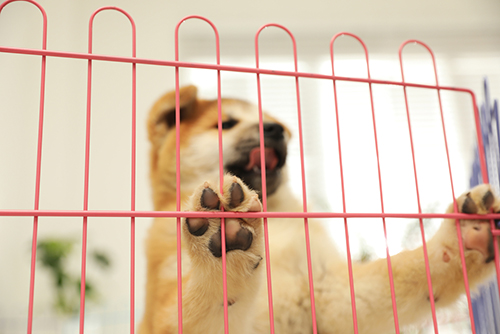


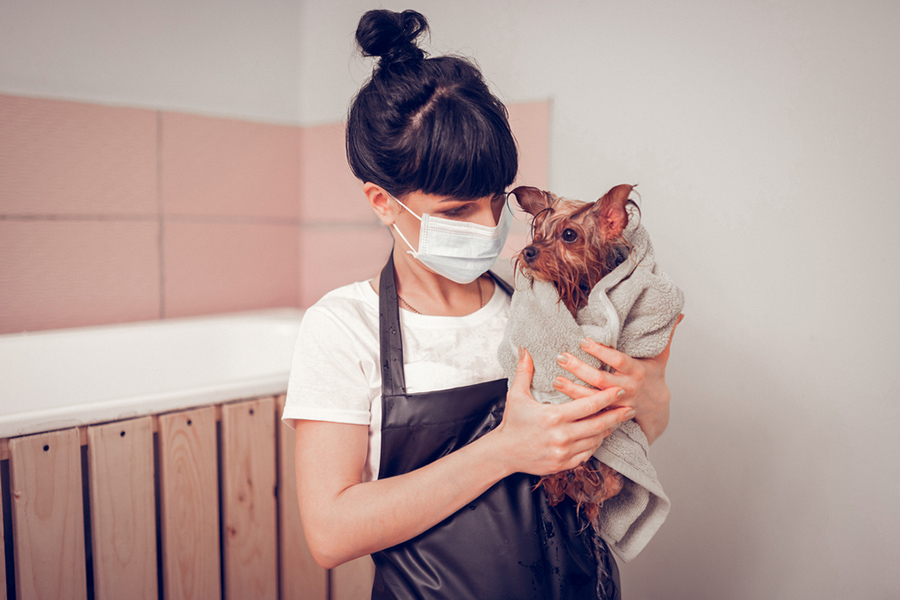


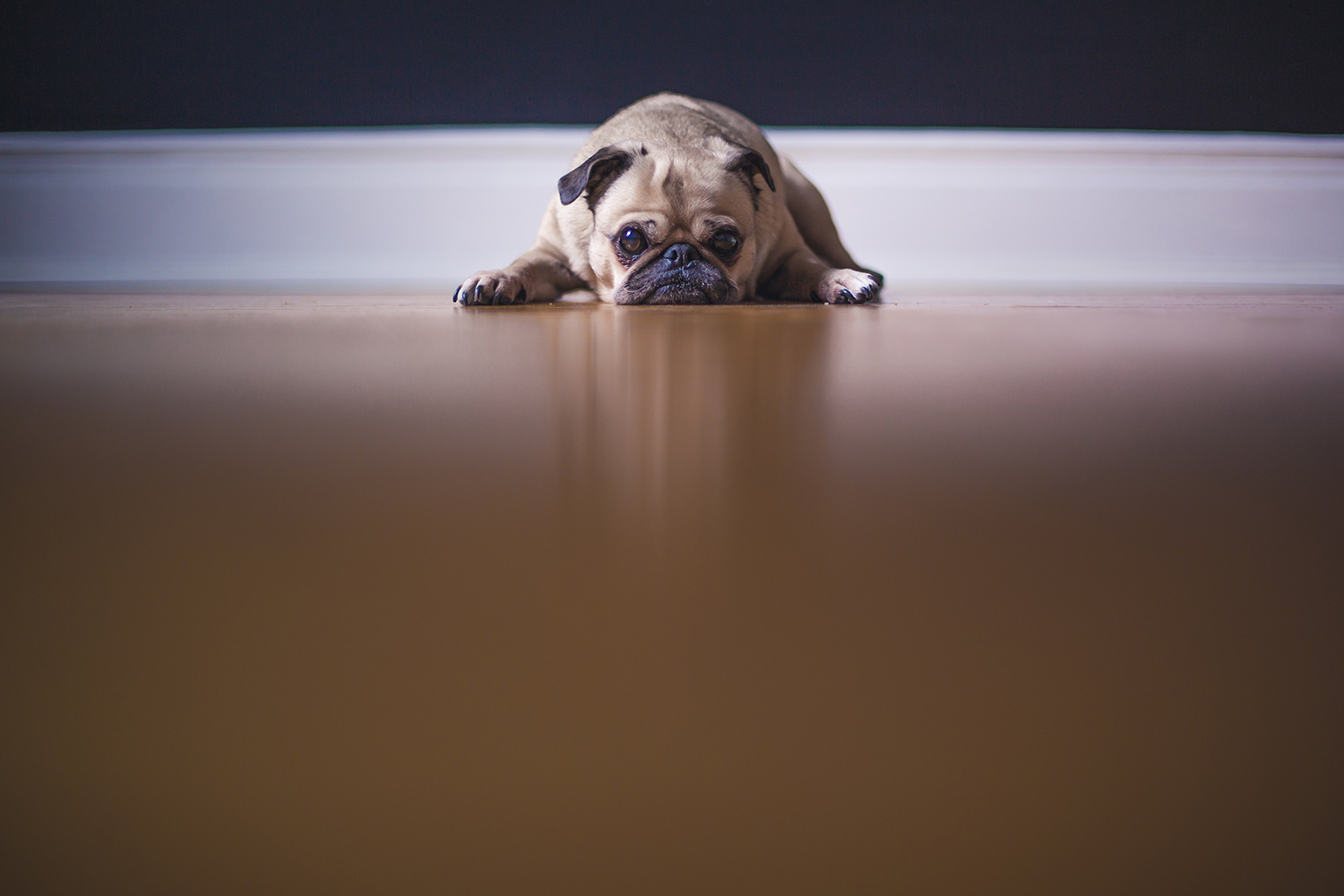
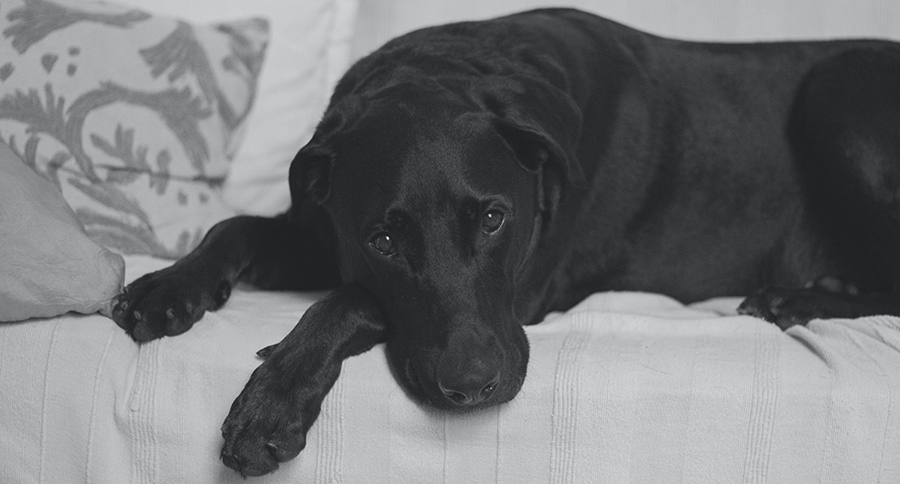 There are
There are 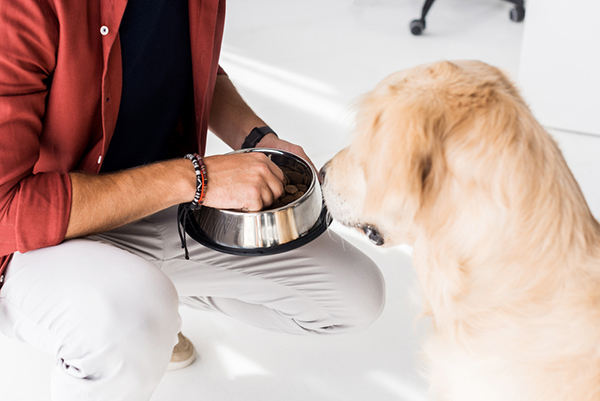
 If your dog won’t eat its normal food but keeps
If your dog won’t eat its normal food but keeps 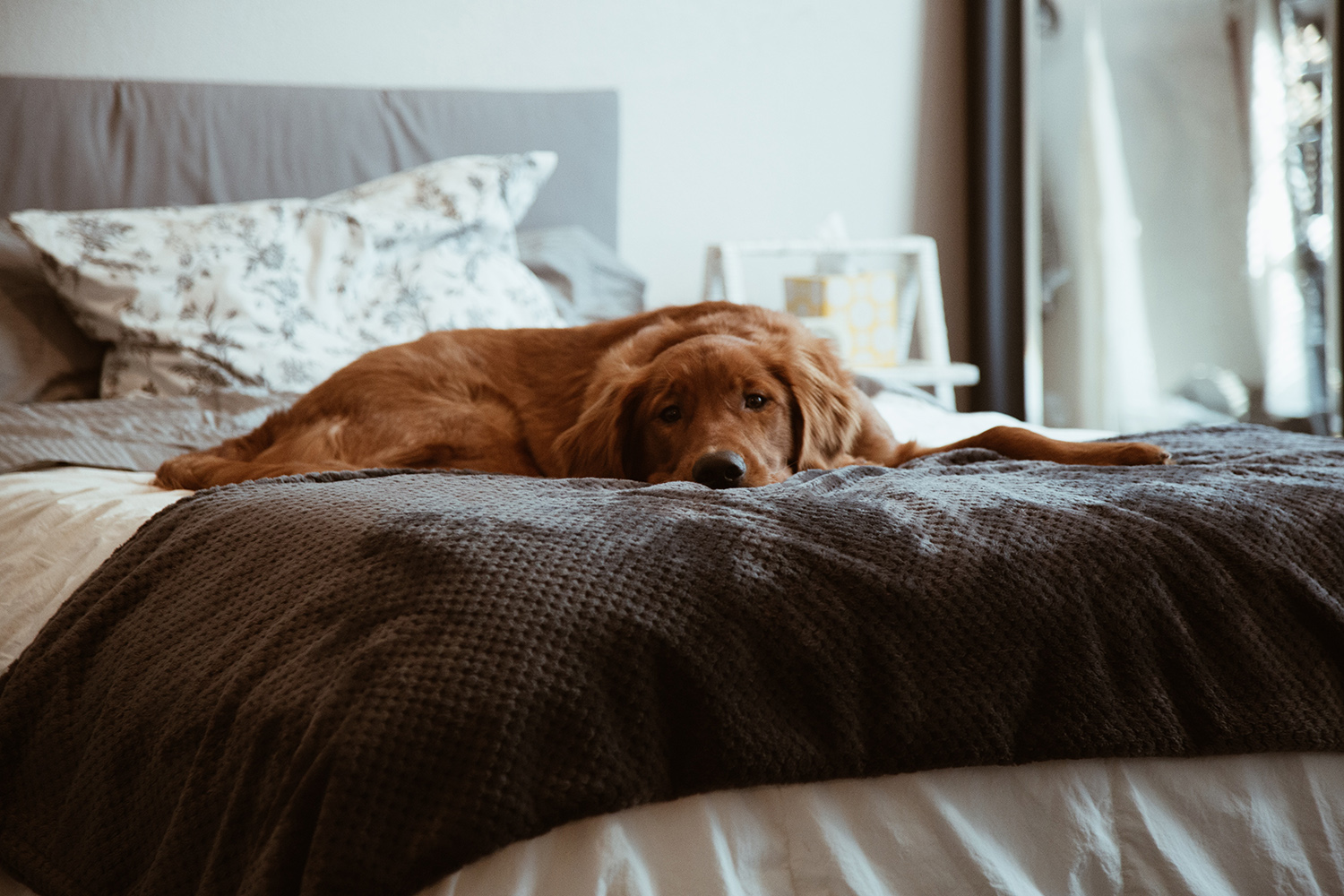
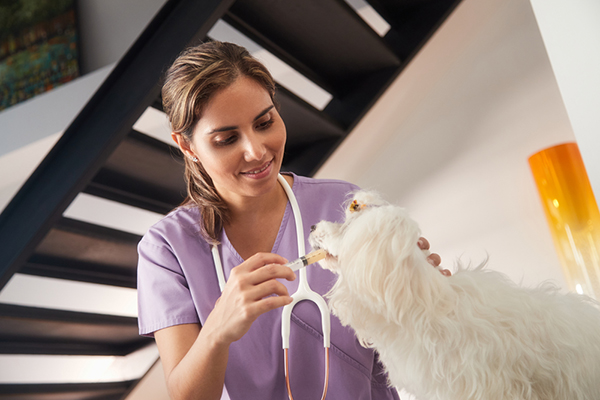




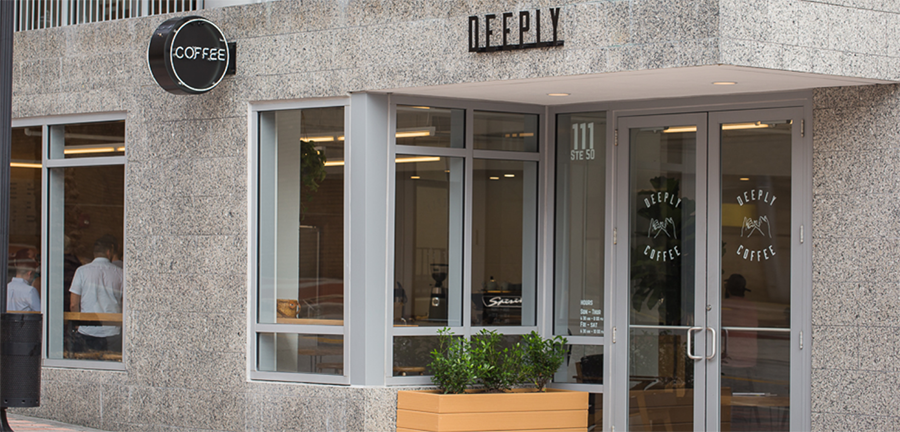
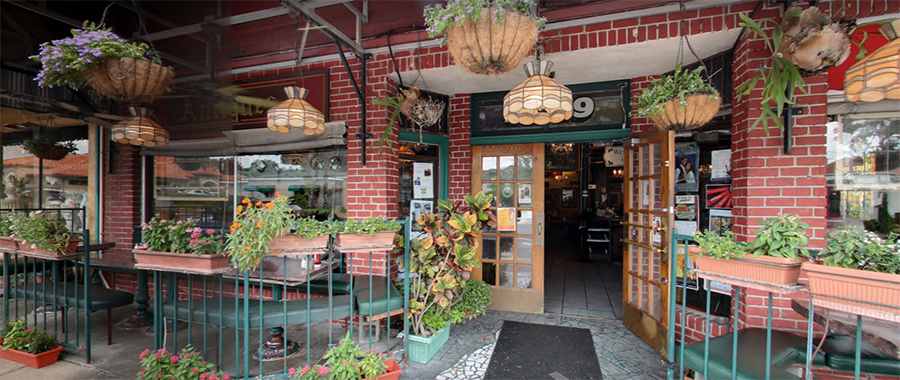


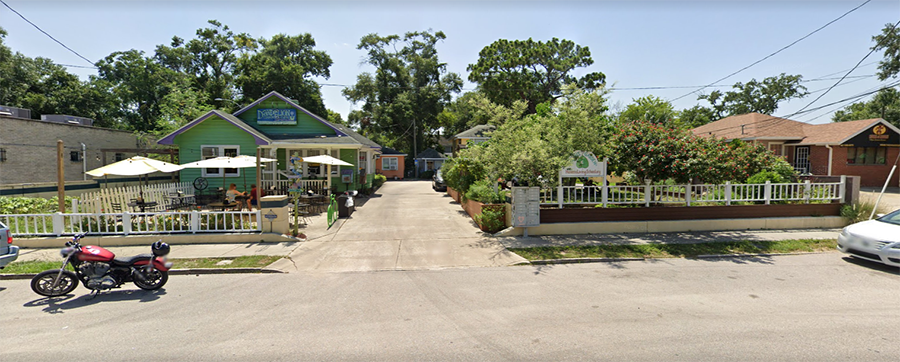
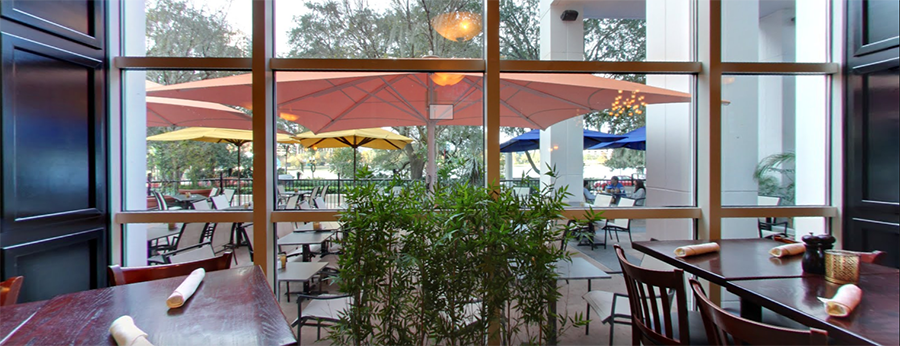
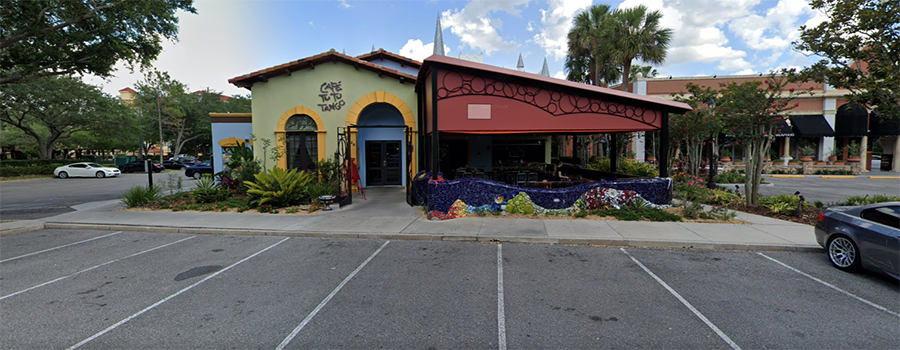
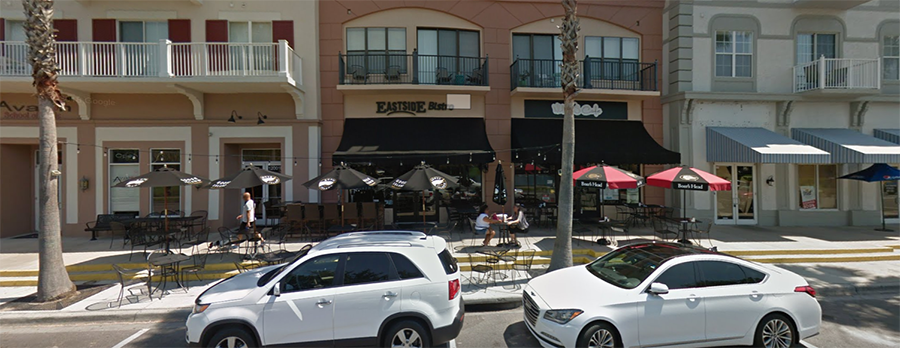
 300 S Sanford Ave, Sanford, FL 32771
300 S Sanford Ave, Sanford, FL 32771